You know the classic animal report—it’s a staple in elementary classrooms. Simple, familiar, and always a hit with students eager to learn about their favorite creatures. But what if we took it a step further? What if we moved beyond collecting facts and challenged students to analyze, connect, and think critically about the natural world?
By expanding a traditional animal project into a full habitats unit, students can explore biomes and ecosystems through nonfiction text features—uncovering patterns, relationships, and the bigger picture of how living things interact with their environment.
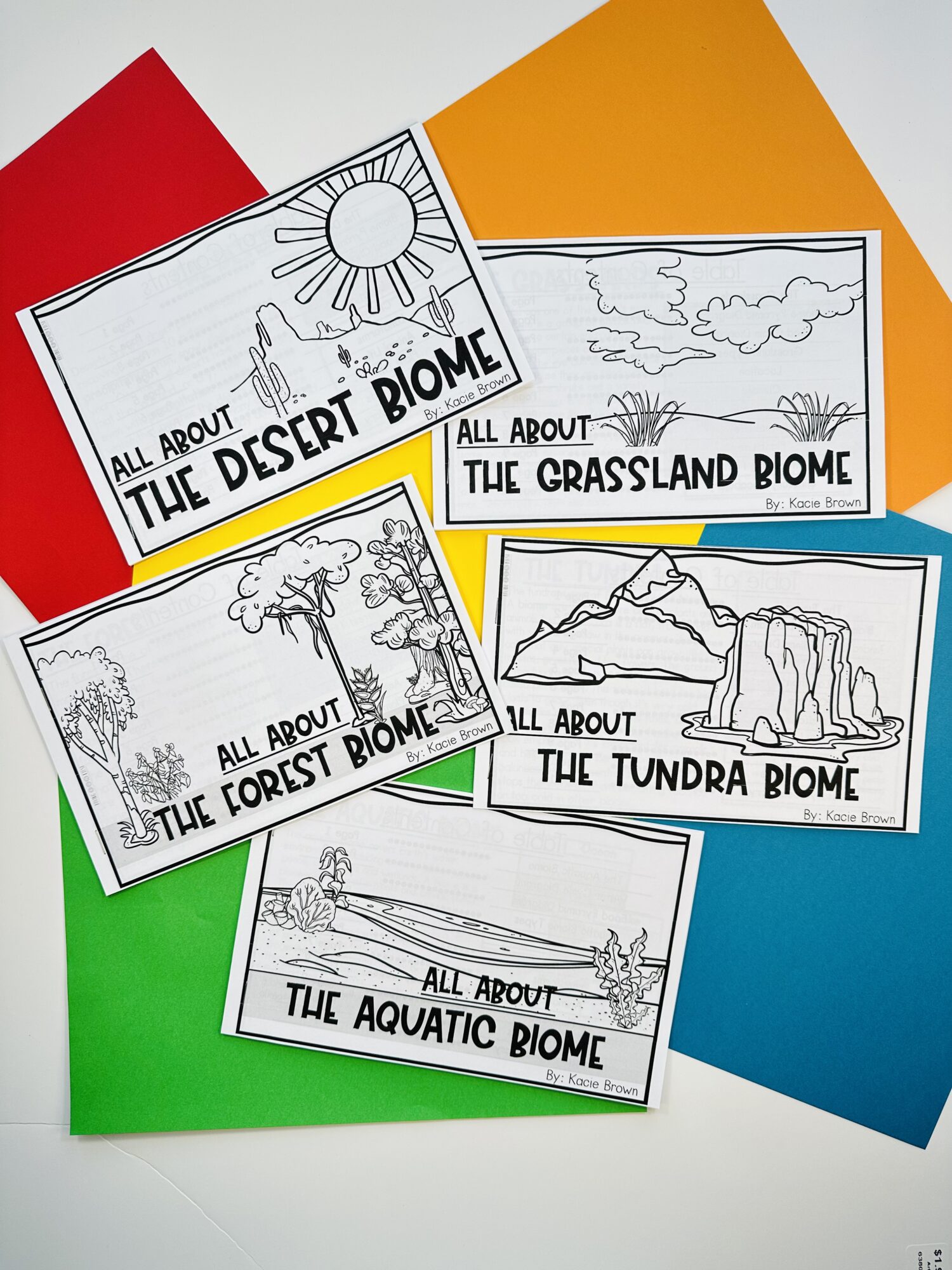
Why Biomes Are the Bridge to Deeper Learning
Habitats or “Biomes” give students the bigger picture. When we shift our focus from individual animals to entire ecosystems, students start to connect the dots—climate, landforms, vegetation, and yes, the animals too. It’s a more holistic approach to science and reading comprehension.
This is also the perfect setting for explicitly teaching nonfiction text features—captions, diagrams, glossaries, bold words, and more when students see these features in action within engaging, real-world topics like the desert or the tundra, the learning sticks.
And here’s the best part: this learning doesn’t have to be dry or overly complex. With the right tools, it can be hands-on, accessible, and deeply engaging.
Making Nonfiction Text Features Come Alive
We’ve all seen students glaze over when handed a textbook or informational article. But when they’re handed a vibrant, student-friendly nonfiction reader about the rainforest—complete with real diagrams, labeled visuals, and interactive elements—they lean in.
I created the Biomes and Ecosystems Nonfiction Reading and Writing Unit because I wanted something more than the usual research report. I wanted a resource that helped students read like scientists and think like researchers, while still having fun.

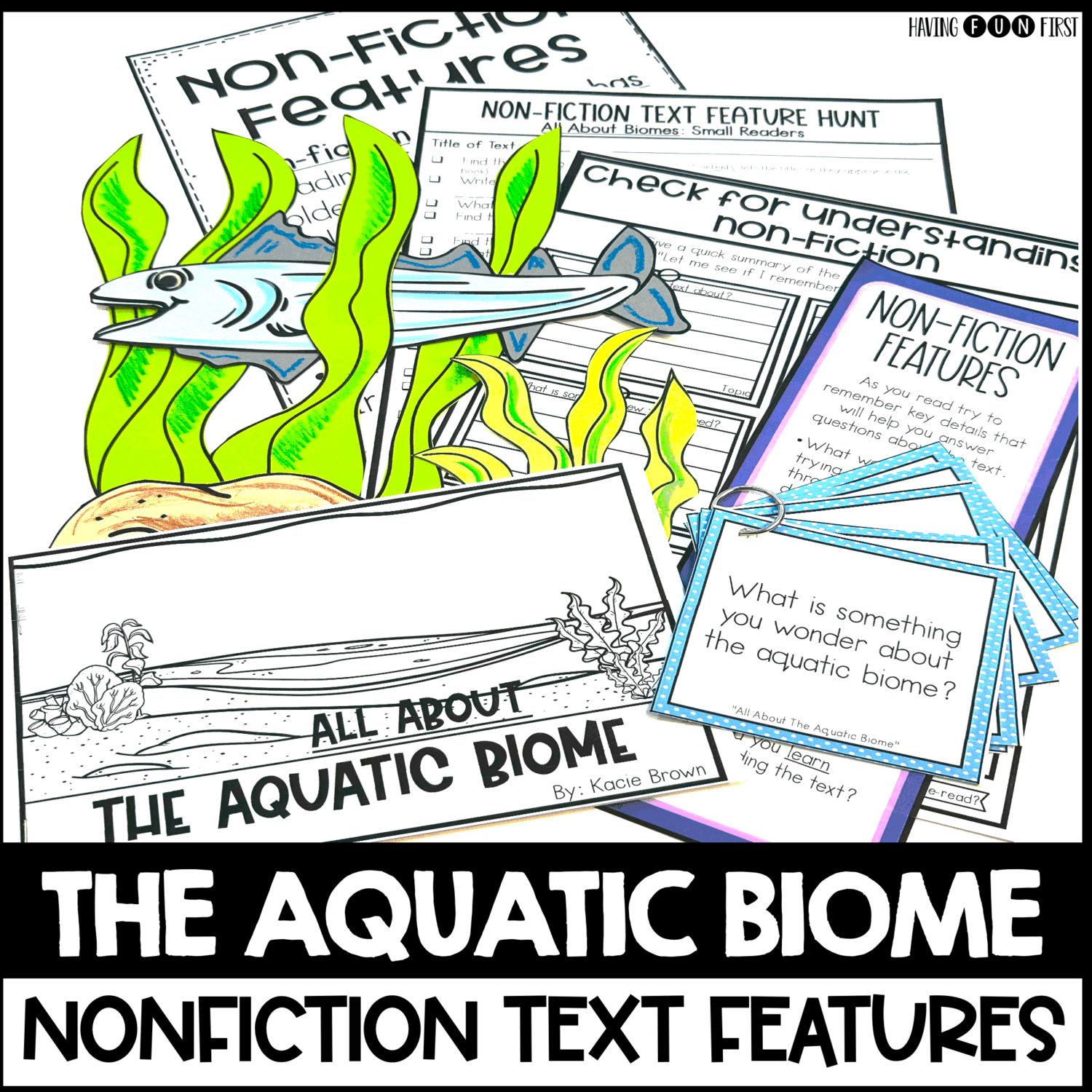


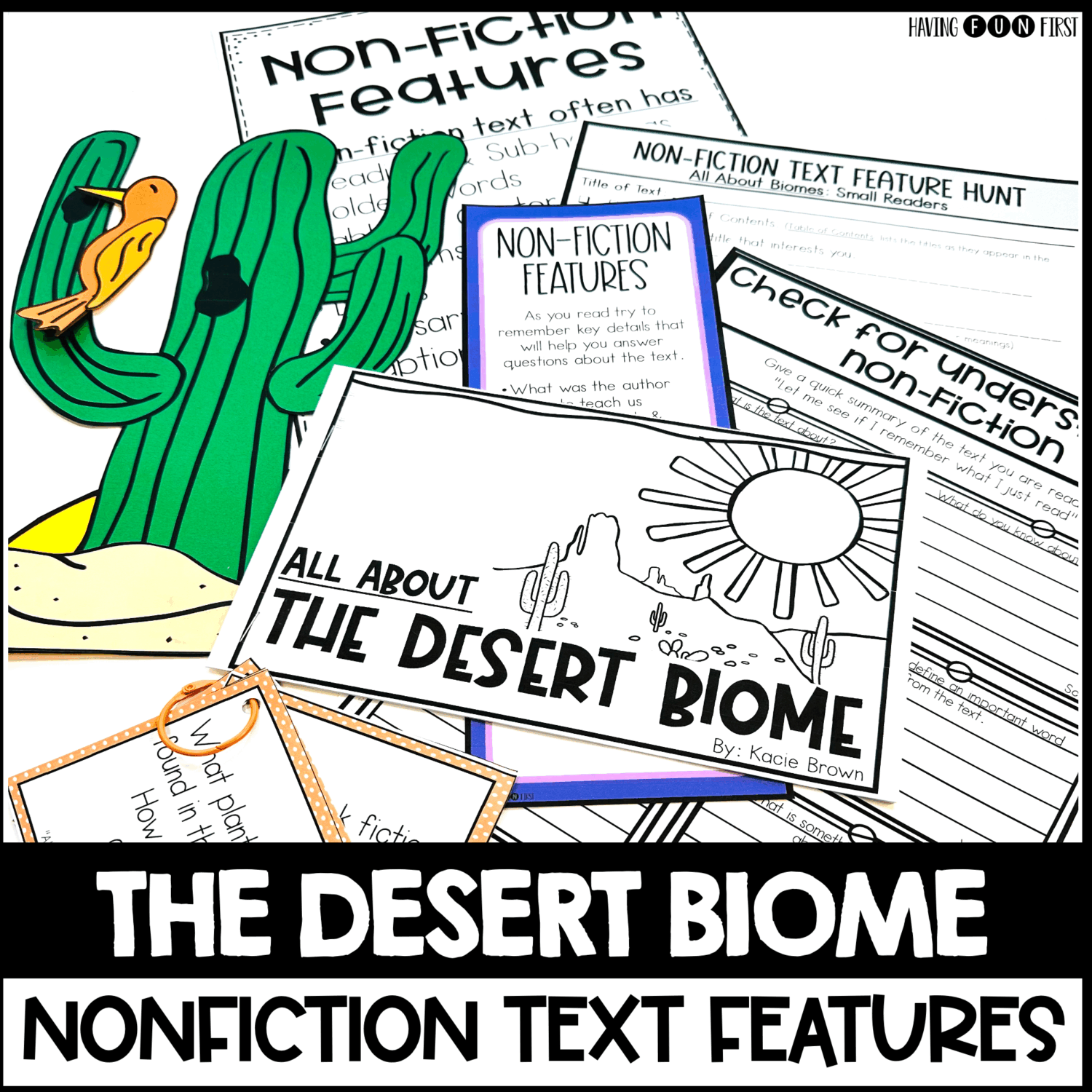
What’s Inside the Habitats Unit
Whether you’re working on whole group lessons, independent reading projects, or small group instruction, this unit is designed to be flexible, engaging, and standards-aligned. Here’s what you’ll find:
- Nonfiction Readers filled with content-rich text, diagrams, visuals, and glossaries.
- Reading Comprehension Strategy Lessons to help students identify main ideas, use text evidence, and build schema.
- Hands-on Activities & Writing Prompts that encourage creativity and critical thinking.
- Anchor Charts & Graphic Organizers to support visual learners and scaffold big concepts.
- Biome Crafts for a fun, artistic way to synthesize learning.

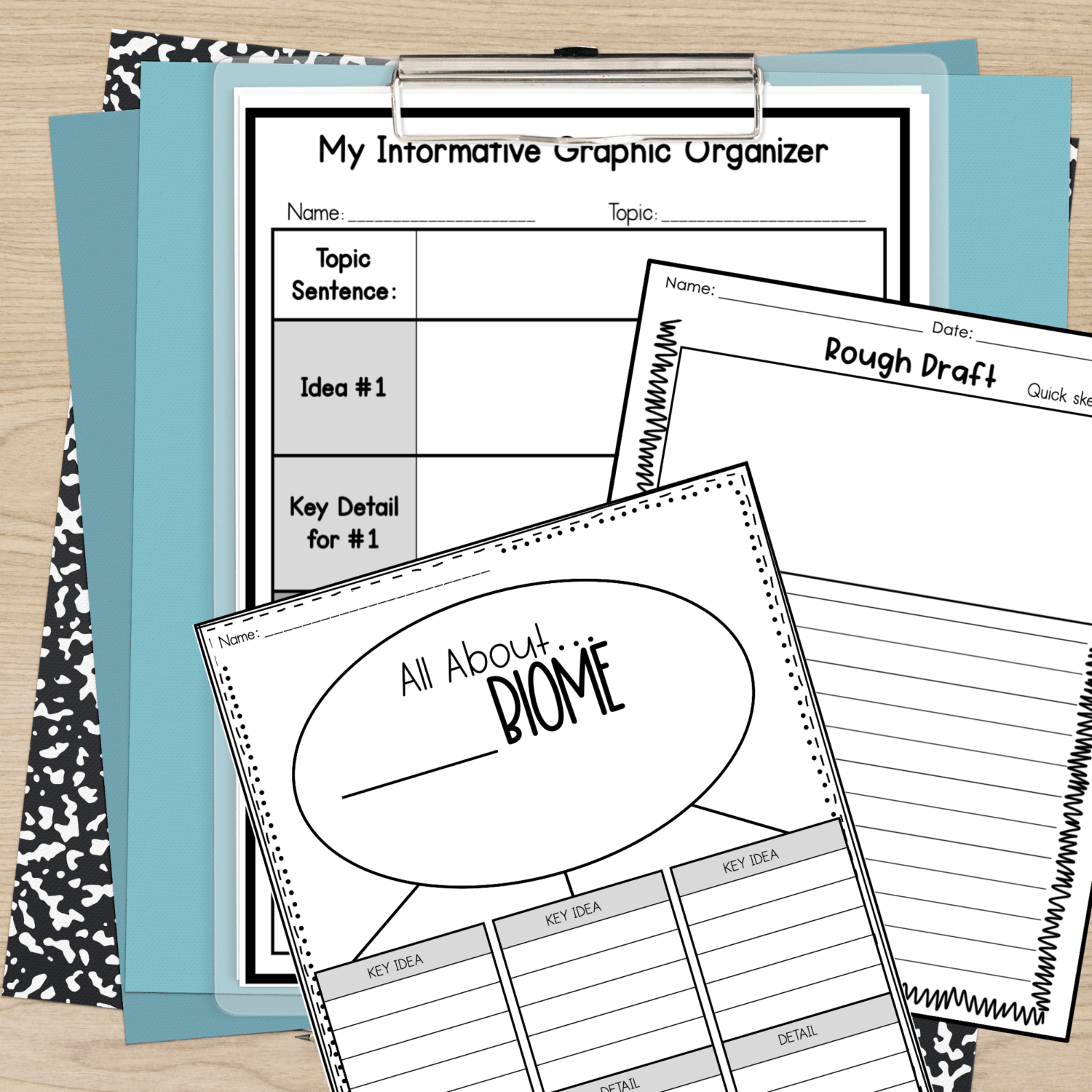

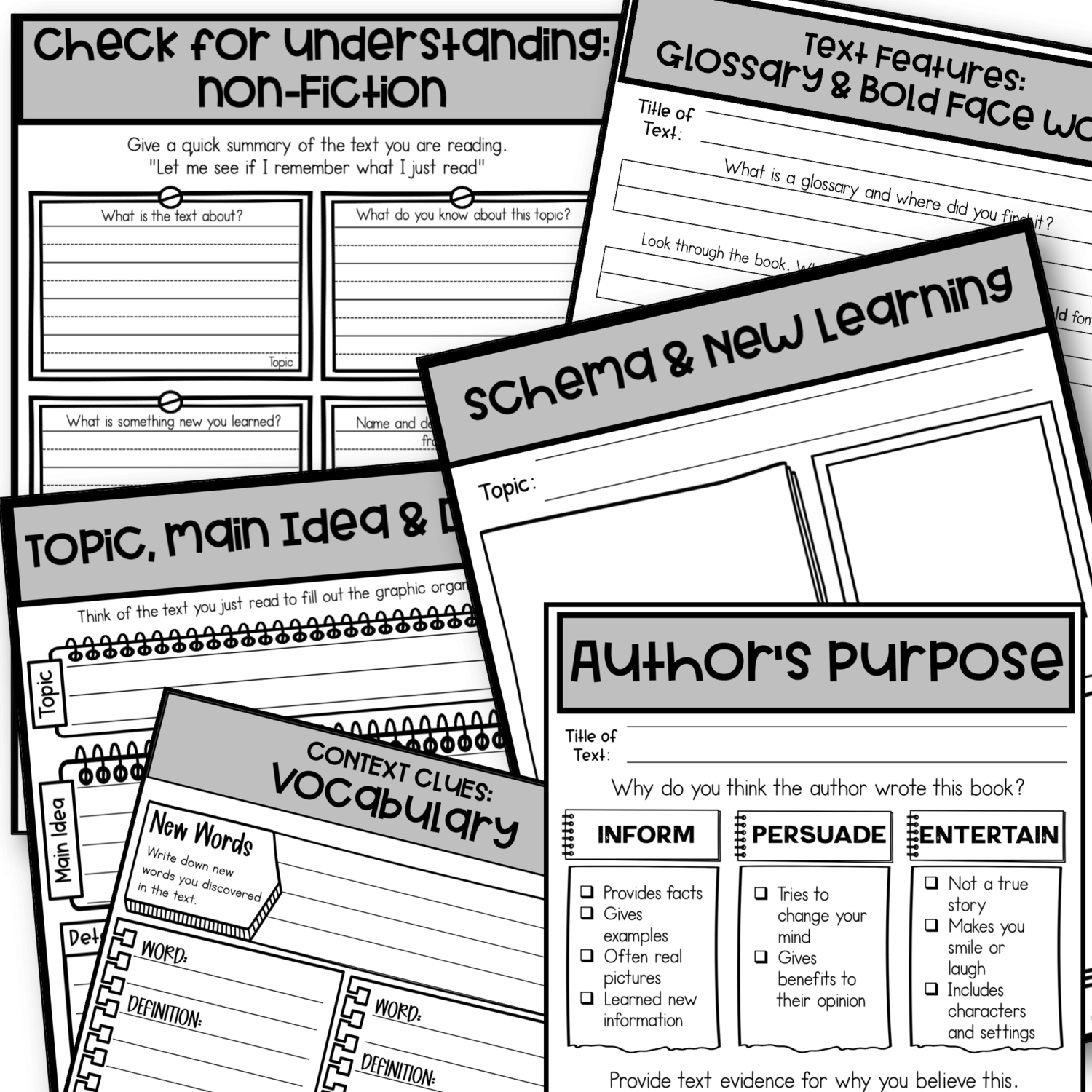
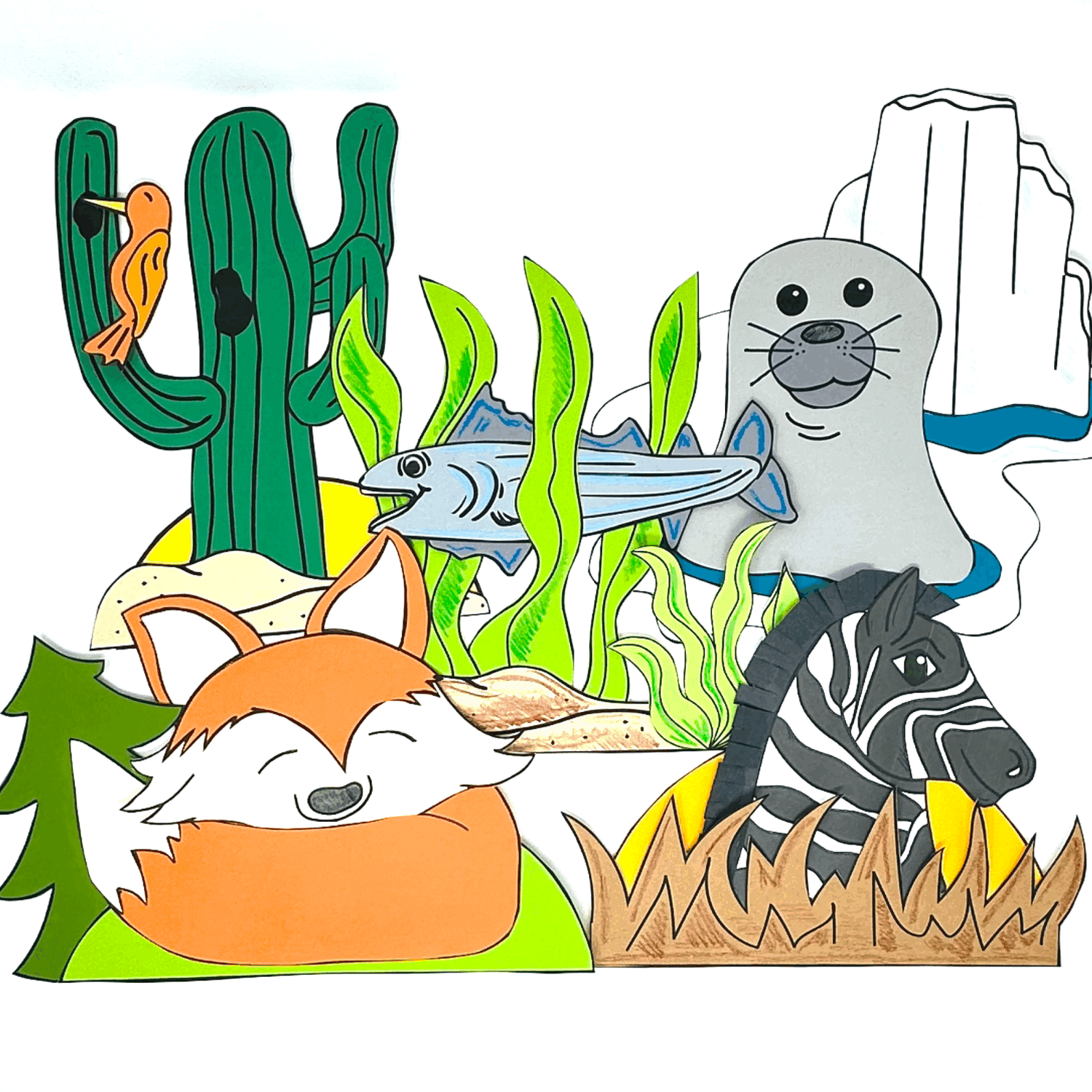
The Power of Going Beyond the Surface
When students learn about the desert, they begin to understand why a camel has humps, not just that it does. When they study the tundra, they start to see how the harsh climate impacts the behaviors and adaptations of animals like arctic foxes and caribou. And when they can use nonfiction text features to navigate and make sense of what they’re reading—they become empowered, independent learners.
This kind of deep learning doesn’t just support your science standards. It builds better readers, better writers, and better thinkers.
Ready to Try It in Your Classroom?
If you’re looking for a no-prep, highly engaging way to teach both nonfiction reading skills and science content, check out the Biomes and Ecosystems Nonfiction Unit Bundle, which includes all 5 habitats!
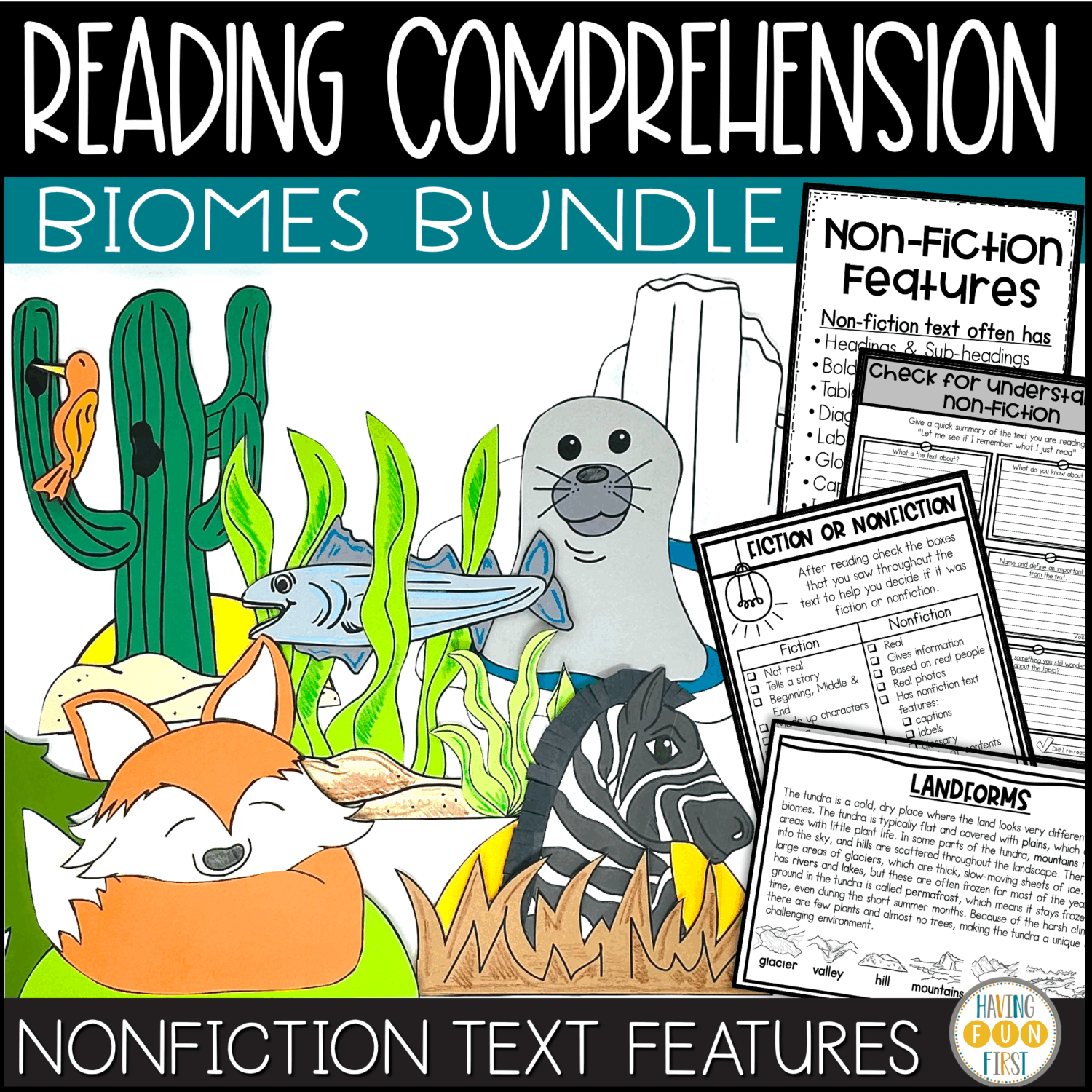
Fellow educator? Let’s connect! I create resources that are designed to make your teaching life easier and more joyful. Reach out or drop a comment—I’d love to hear how you bring nonfiction to life in your classroom!
Be sure to check out these other nonfiction text feature units and free downloads:
- Visual Comprehension & Nonfiction Text Features – Shark Research Unit
- Nonfiction Text Features Glossary and Bold Print – Penguin Research Unit
- FREE Text Features Scavenger Hunt – Basketball Biographies
- Nonfiction Text Features Captions – Nocturnal Animal Activities
- FREE Nonfiction Text Features Worksheet – Polar Animal Unit

Leave a Reply